This study guide gives a summary of Salmonella Infection or Salmonellosis, its pathophysiology, assessment findings, medical management, and nursing care management.
Salmonella is a bacteria that can cause illness to people. First discovered by an American scientist named Dr. Daniel E. Salmon in 1885, salmonellae are gram-negative motile, non-sporulating, straight-rod bacteria that can cause an upset stomach, diarrhea, fever, and pain and abdominal cramps. Illness from these bacteria is called salmonellosis.
What is Salmonella Infection (Salmonellosis)?
Salmonellosis, the illness caused by Salmonella, primarily results in a mild to severe diarrheal illness, known as acute gastroenteritis.
- Salmonellae are gram-negative motile, nonsporulating, straight-rod bacteria.
- The genus Salmonella is named after Daniel E. Salmon, an American veterinarian who first isolated Salmonella choleraesuis from pigs with hog cholera in 1884.
- The two species of Salmonella are Salmonella enterica and Salmonella bongori.
- They pose a great threat to the food industry because they are able to adapt to environmental conditions that differ significantly from those in which they normally grow.
- When Salmonella infections become invasive, they can affect the bloodstream, bone, joint, brain, or nervous system, or other internal organs.
Pathophysiology
The genus Salmonella is a member of the family Enterobacteriaceae.
- The Salmonella infection cycle starts after the ingestion of microbes.
- Through the stomach, the bacteria reach the small intestine.
- Infection with salmonellae is characterized by attachment of the bacteria by fimbriae or pili to cells lining the intestinal lumen.
- Salmonellae selectively attach to specialized epithelial cells (M cells) of the Peyer patches.
- The bacteria are then internalized by receptor-mediated endocytosis and transported within phagosomes to the lamina propria, where they are released.
- Once there, salmonellae induce an influx of macrophages (typhoidal strains) or neutrophils (nontyphoidal strains).
- Through the induction of cytokine release and via mononuclear cell migration, S typhi organisms spread through the reticuloendothelial system, mainly to the liver, spleen, and bone marrow.
- Within 14 days, the bacteria appear in the bloodstream, facilitating secondary metastatic foci (eg, splenic abscess, endocarditis).
- As a rule, infection with nontyphoidal salmonellae generally precipitates a localized response, while S typhi and other especially virulent strains invade deeper tissues via lymphatics and capillaries and elicit a major immune response.
Classification
Salmonella bacteria are classified as either “typhoidal” or “nontyphoidal,” based on their serotype.
- Typhoidal. Typhoidal Salmonella refers to the specific Salmonella serotypes which cause typhoid fever or paratyphoid fever, including Typhi, Paratyphi A, Paratyphi B, and Paratyphi C.
- Nontyphoidal. Nontyphoidal Salmonella refers to all other Salmonella serotypes
Causes
Salmonellosis is caused by all nontyphoid serotypes of the Salmonella genus except for S typhi and Salmonella paratyphi A, B, and C.
- Contaminated food or water. Salmonella is usually transmitted to humans by eating foods contaminated with small amounts of animal feces; when preparing raw meat or poultry, food handlers can transfer Salmonella on their hands to other foods if they do not wash their hands between food preparation steps.
- Contact with infected animals. Salmonella live in the intestinal tracts of humans and other animals, including poultry and other birds, amphibians, and reptiles; Salmonella may be found in the feces of some animals, and people can become infected if they do not wash their hands after contact with animals or animal feces.
Statistics and Incidences
CDC estimates that approximately 1.35 million illnesses and 420 deaths occur due to non-typhoidal Salmonella annually in the United States.
- FoodNet reports that the annual incidence of Salmonella infection in the United States was 15.2 illnesses per 100,000 individuals.
- Compared to 2010-2012, the incidence of non-typhoidal Salmonella infection showed a 9% decrease in 2013.
- Salmonella infection is more common in the summer months (June, July, and August) than winter.
- Children under 5 years old are the most likely to get a Salmonella infection
- Children who are 5 years old and younger, adults over 65 years old, and people with weakened immune systems are the most likely to have severe infections.
- Salmonella accounted for the most hospitalizations (64%) in outbreaks with a confirmed cause.
- The mortality rate associated with S enteritidis infection outbreaks in the United States from 1985-1991 was 0.4%.
- Case-fatality rates were 70 times higher in nursing homes and hospitals.
Clinical Manifestations
Most people with a Salmonella infection experience:
- Diarrhea. Diarrhea may last for several days and lead to potentially severe dehydration, especially in infants and children under 2 years old and in adults over 65 years old.
- Fever. In many patients, fever is accompanied by prostration and an apathetic-lethargic state (the so-called tuphos of the ancient Greeks).
- Stomach cramps. Abdominal tenderness (approximately 50%), mild hepatosplenomegaly (approximately 50%), and coated tongue are common in individuals with typhoid fever.
Assessment and Diagnostic Findings
Salmonella infection is diagnosed when a laboratory test detects Salmonella bacteria in a person’s poop (stool), body tissue, or fluids.
- Blood culture. Modern blood culture systems are 80-100% accurate in detecting bacteremia; as the disease duration increases, the sensitivity of blood cultures decreases, while the sensitivity of stool isolation increases.
- Stool exam. Freshly passed stool is the preferred specimen for isolation of nontyphoidal Salmonella species; since stool carriage of S typhi may be prolonged, the interpretation of positive results merits caution, and the diagnosis should be established only when accompanied by clinical findings that are typical of infection.
- Bone marrow aspiration. Bone marrow aspirate and culture is superior to blood culture, since the bacterial concentration in bone marrow is 10 times that of peripheral blood.
Medical Management
Salmonella gastroenteritis is usually a self-limiting disease.
- Fluid and electrolytes. Fluid and electrolyte replacement may be indicated in severe cases. patients should drink extra fluids as long as diarrhea lasts.
- Consultations. Consultation with an infectious disease specialist should sought in cases of bacteremia, endovascular infections, CNS infections, and whenever typhoid fever is a strong possibility, as well as when antimicrobial resistance is suspected or documented.
Pharmacological Management
The goals of pharmacotherapy are to eradicate infection, to reduce morbidity, and to prevent complications.
- Antibiotic. Empiric antimicrobial therapy must be comprehensive and should cover all likely pathogens in the context of the clinical setting.
Nursing Management
Nursing care of a patient with salmonella infection include the following:
Nursing Assessment
Assessment of a patient with salmonella include:
- History. Salmonella infections typically produce 1 of 3 distinct syndromes: nontyphoidal enterocolitis, nontyphoidal focal disease, or typhoid (enteric) fever.
- Physical exam. The physical findings of nontyphoidal gastroenteritis are generally limited to non-bloody loose stool or watery diarrhea; patients with typhoid fever may develop pink, blanchable, slightly raised macules (rose spots) on the chest and abdomen.
Nursing Diagnosis
Based on the assessment data, the major nursing diagnosis are:
- Diarrhea related to bacterial infection.
- Deficient Knowledge related to new disorder and treatment and unfamiliarity with information resources.
- Risk for Fluid Volume Deficit.
- Imbalanced Nutrition: Less Than Body Requirements related to nausea and vomiting.
Nursing Care Planning and Goals
The major nursing care planning goals for a patient with salmonella include the following:
- Client will have a negative stool culture.
- Client will pass soft, formed stool no more than 3 x a day.
- Client will verbalize understanding of causes of salmonellosis, mode of transmission, and management of symptoms.
- Client is normovolemic as evidenced by systolic BP 90 mm Hg or greater, absence of orthostasis, HR 60 to 100 beats per minute, urine output greater than 30 ml per hour, and normal skin turgor.
- Client will have an increased nutritional intake and absence of nausea and vomiting.
Nursing Interventions
Nursing interventions for a patient with samonellosis are:
- Relieve diarrhea. Teach the client about the importance of hand washing after each bowel movement and before preparing food for others; encourage increase fluid intake of 1.5 to 2.5 liters/24 hour plus 200 ml for each loose stool in adults unless contraindicated; encourage the client to eat foods rich in potassium; and administer antidiarrheal medications as prescribed.
- Educate patient and folks. Assess client’s knowledge of salmonellosis, its mode of transmission, and its treatment; educate the client and the family about the causes of and treatments for salmonellosis; educate the client about the importance of hand washing after toileting and perianal hygiene and before preparing food for others; and educate the client about food preparation and storage methods to reduce contamination by microorganisms.
- Prevent fluid volume deficit. Assess the client’s skin turgor and mucous membranes for signs of dehydration; monitor BP for orthostatic changes (changes seen when changing from a supine to a standing position); instruct the client to monitor weight daily and consistently with the same scale, preferably at the same time of the day, and wearing the same amount of clothing; and administer antiemetic medications as ordered.
- Improve nutritional intake. Measure client weight; monitor and record the number of vomiting, amount and frequency; monitor the client’s food intake; provide a diverse diet according to his needs; and provide parenteral fluids, as ordered.
Evaluation
Goals are met for a patient with salmonella as evidenced by:
- Client has a negative stool culture.
- Client passed soft, formed stool no more than 3 x a day.
- Client verbalized understanding of causes of salmonellosis, mode of transmission, and management of symptoms.
- Client was normovolemic as evidenced by systolic BP 90 mm Hg or greater, absence of orthostasis, HR 60 to 100 beats per minute, urine output greater than 30 ml per hour, and normal skin turgor.
- Client has an increased nutritional intake and absence of nausea and vomiting.
Documentation Guidelines
Documentation in a patient with salmonellosis include:
- Individual findings, including factors affecting, interactions, nature of social exchanges, specifics of individual behavior.
- Cultural and religious beliefs, and expectations.
- Plan of care.
- Teaching plan.
- Responses to interventions, teaching, and actions performed.
- Attainment or progress toward the desired outcome.
Summary
Here are some of the most important points about salmonella infection:
- Salmonellosis, the illness caused by Salmonella, primarily results in a mild to severe diarrheal illness, known as acute gastroenteritis.
- They pose a great threat to the food industry because they are able to adapt to environmental conditions that differ significantly from those in which they normally grow.
- Salmonella bacteria are classified as either “typhoidal” or “nontyphoidal,” based on their serotype.
- Salmonella is usually transmitted to humans by eating foods contaminated with small amounts of animal feces.
- Salmonella may be found in the feces of some animals, and people can become infected if they do not wash their hands after contact with animals or animal feces.
- CDC estimates that approximately 1.35 million illnesses and 420 deaths occur due to non-typhoidal Salmonella annually in the United States.
- Most people with a Salmonella infection experience diarrhea, fever, and stomach cramps.
- Salmonella infection is diagnosed when a laboratory test detects Salmonella bacteria in a person’s poop (stool), body tissue, or fluids.
- Fluid and electrolyte replacement may be indicated in severe cases. patients should drink extra fluids as long as diarrhea lasts.
- The goals of pharmacotherapy are to eradicate infection, to reduce morbidity, and to prevent complications.


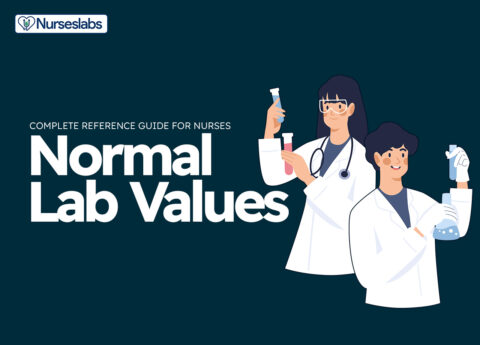
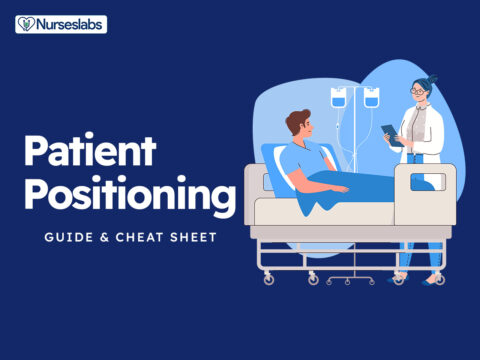


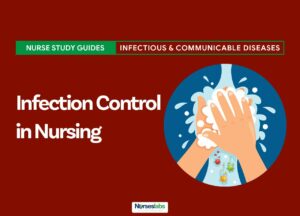

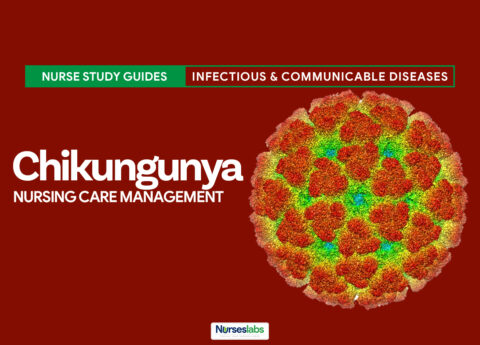
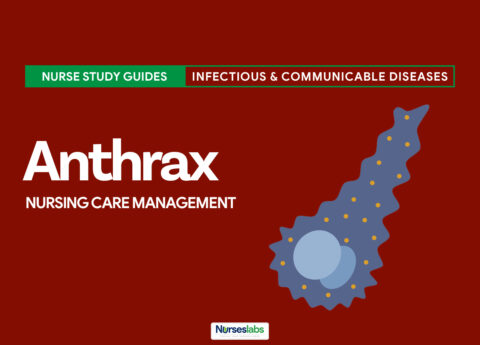
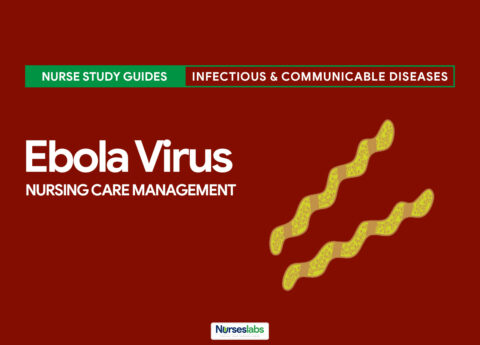
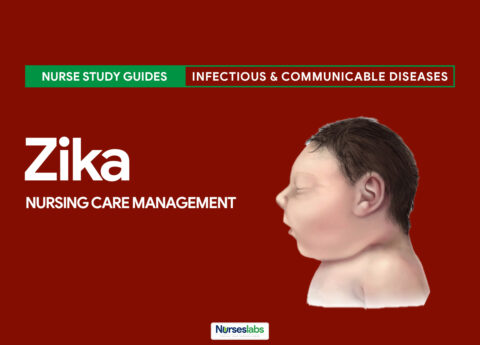
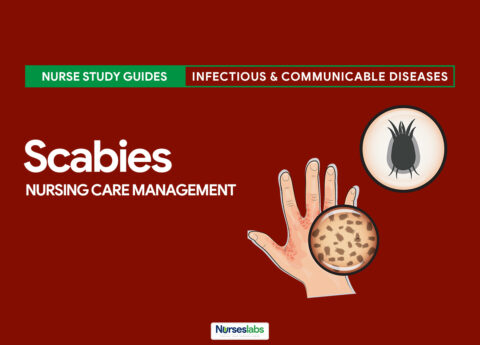


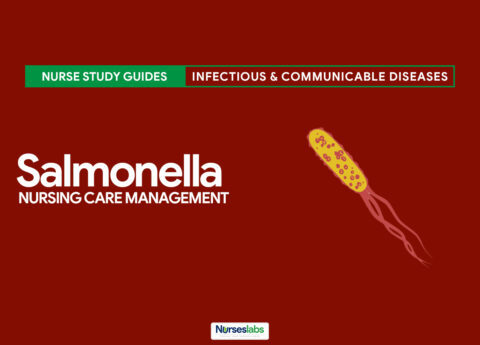




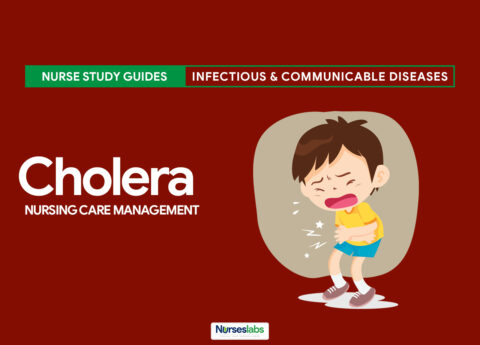
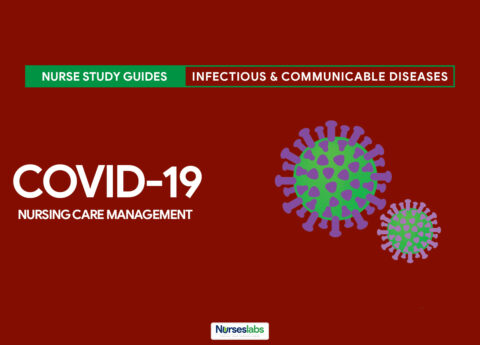

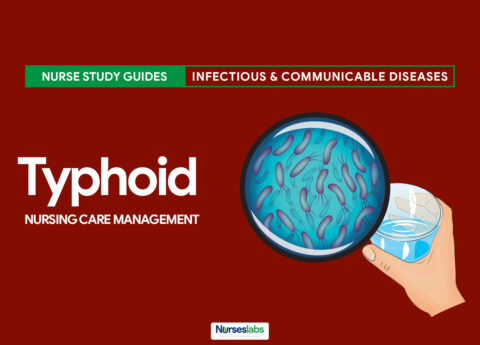
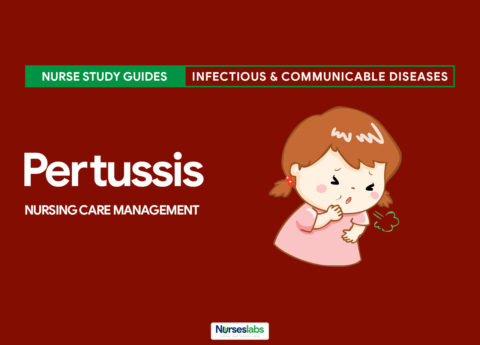



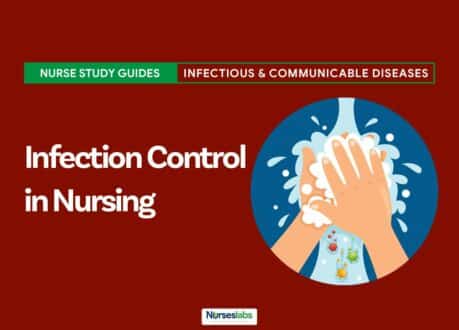

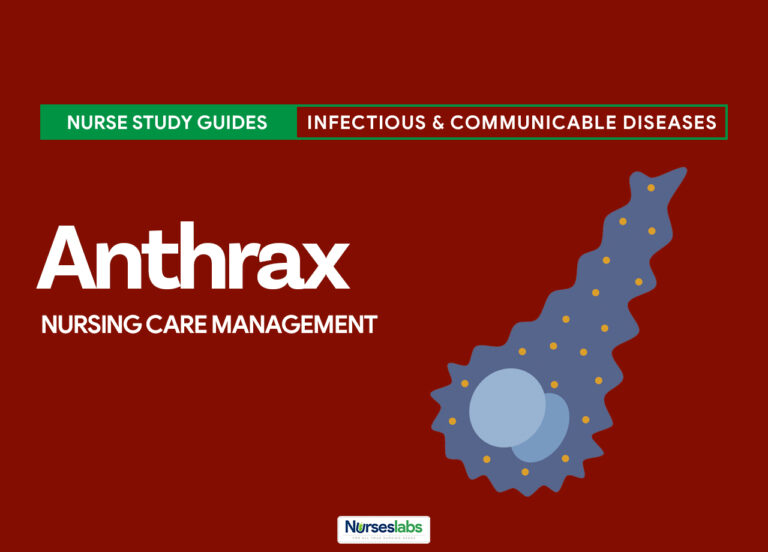




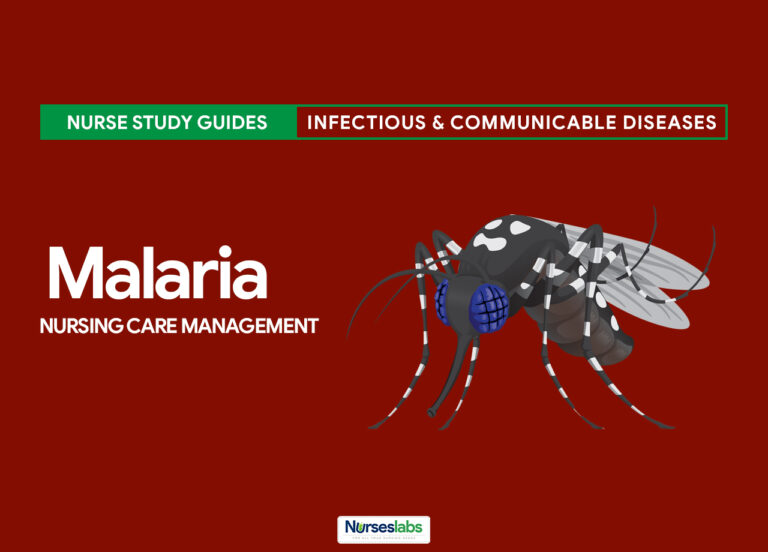

Leave a Comment